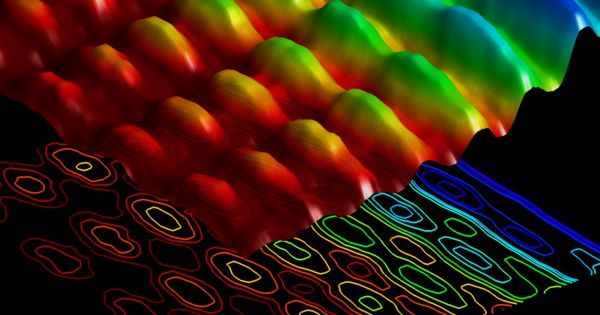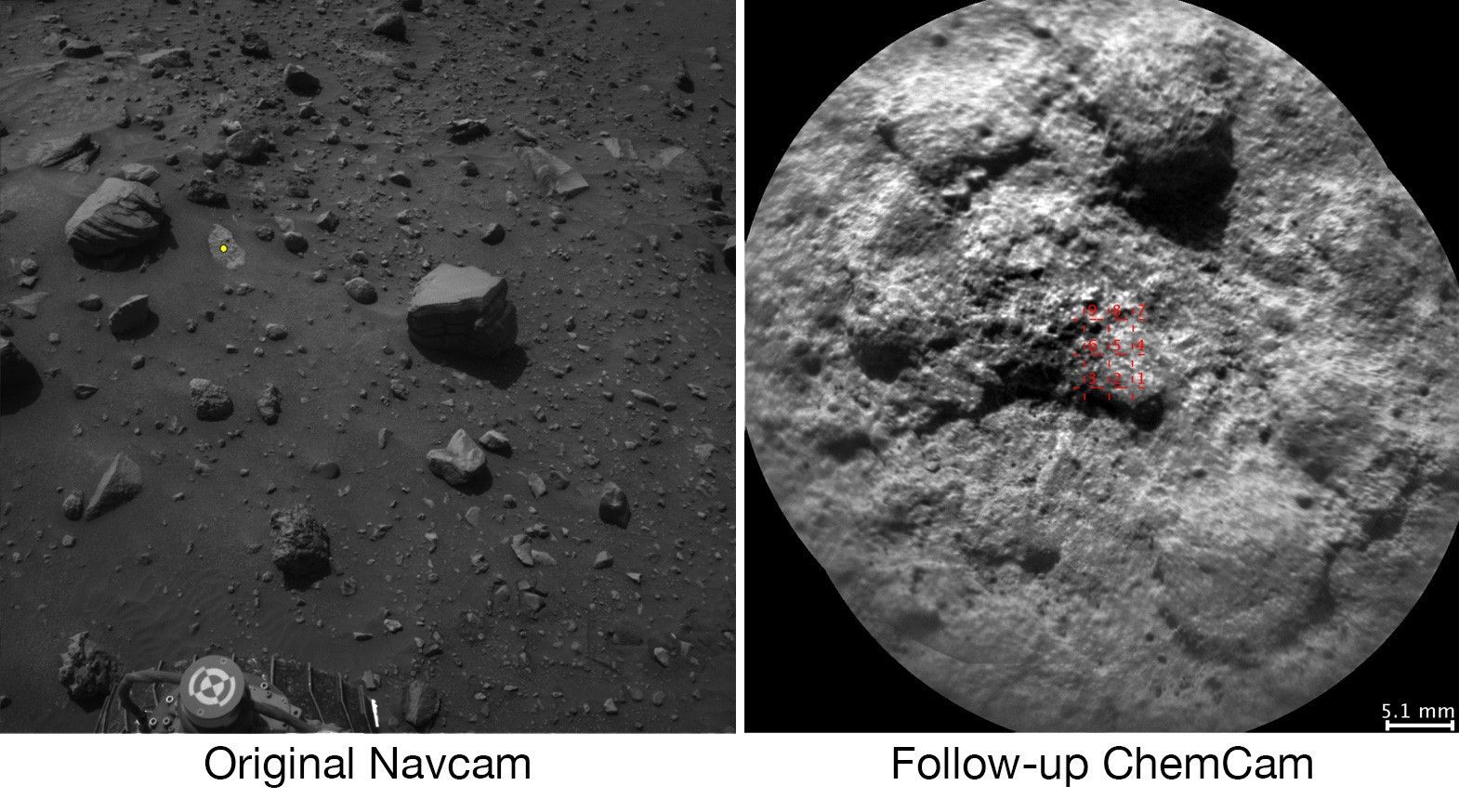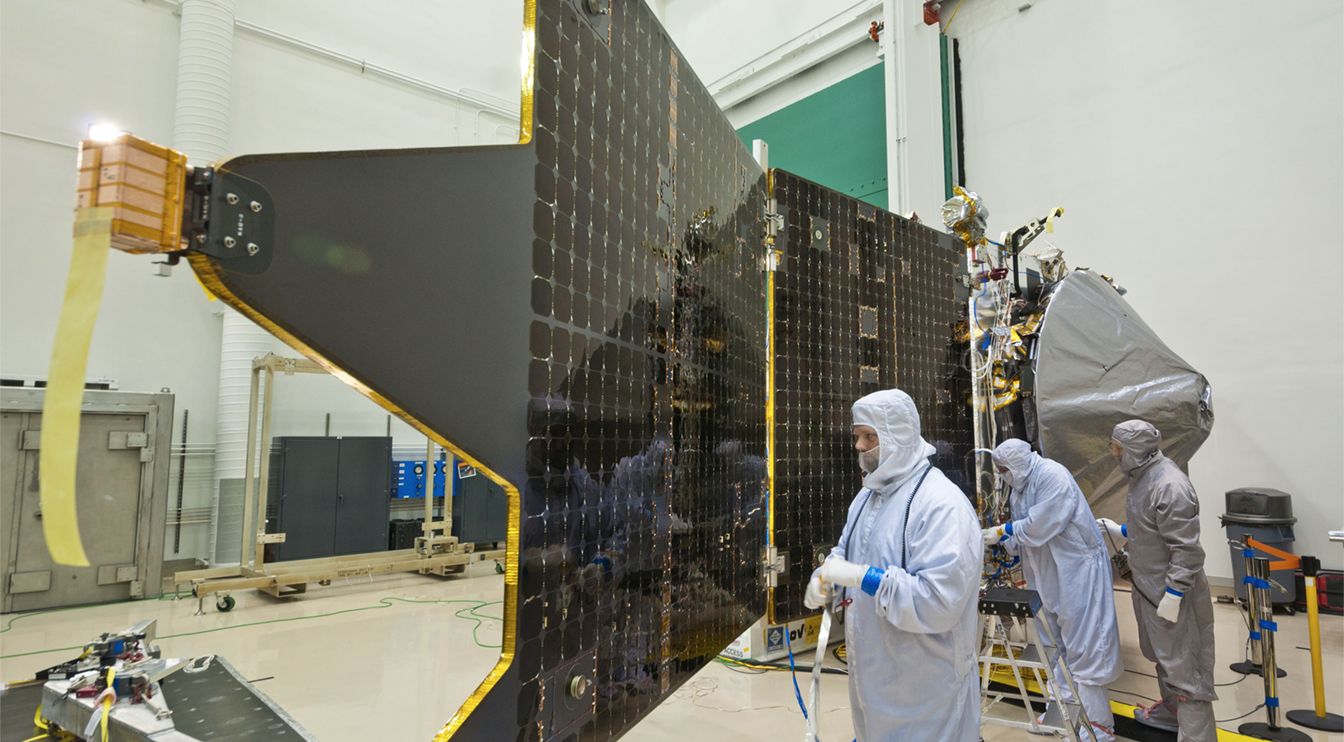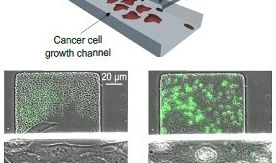
Who wants a Quantum Hologram?
Scientists from Warsaw were able to produce a hologram of a photon. Hopefully, this method may be used to produce holograms of more complex objects and further understand quantum mechanics.
Physicists from the University of Warsaw believe that they may have achieved “the impossible.” They were able to create a hologram of a single particle of light. Previously, scientists believed that the fundamental laws of physics did not allow this, and to that end, their breakthrough allows physicists to further study quantum holography (which may give us a new way to peer into the heart of quantum phenomena).
To break this down a bit, holography takes advantage of classical interference, a phenomenon where two waves meet and form a new wave. However, property of photons called “phases” does not allow classical interference because the phases constantly fluctuate. The physicists instead used quantum interference wherein the photons’ wave functions interact.









